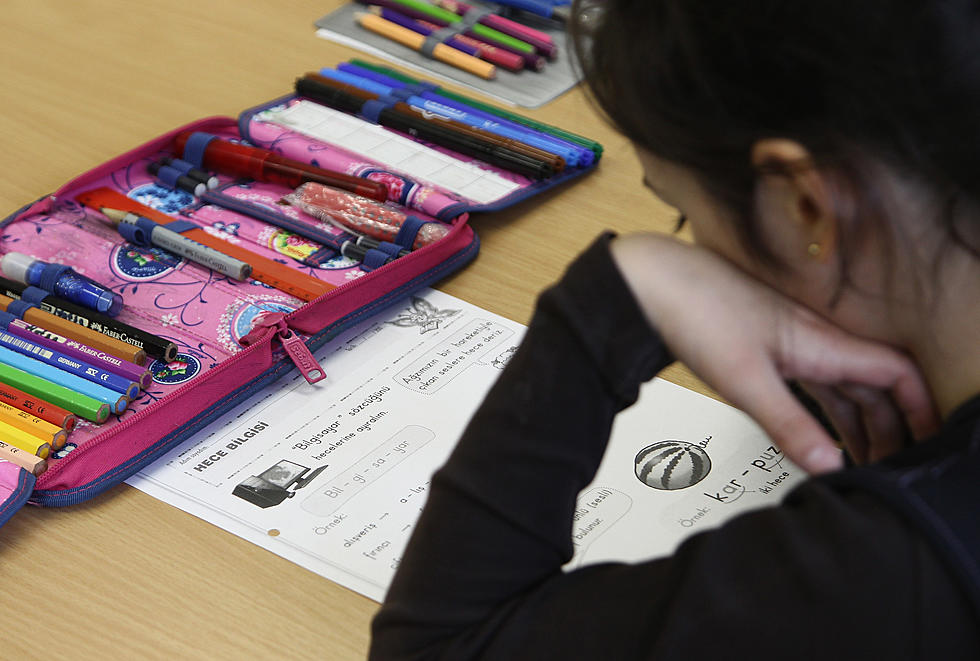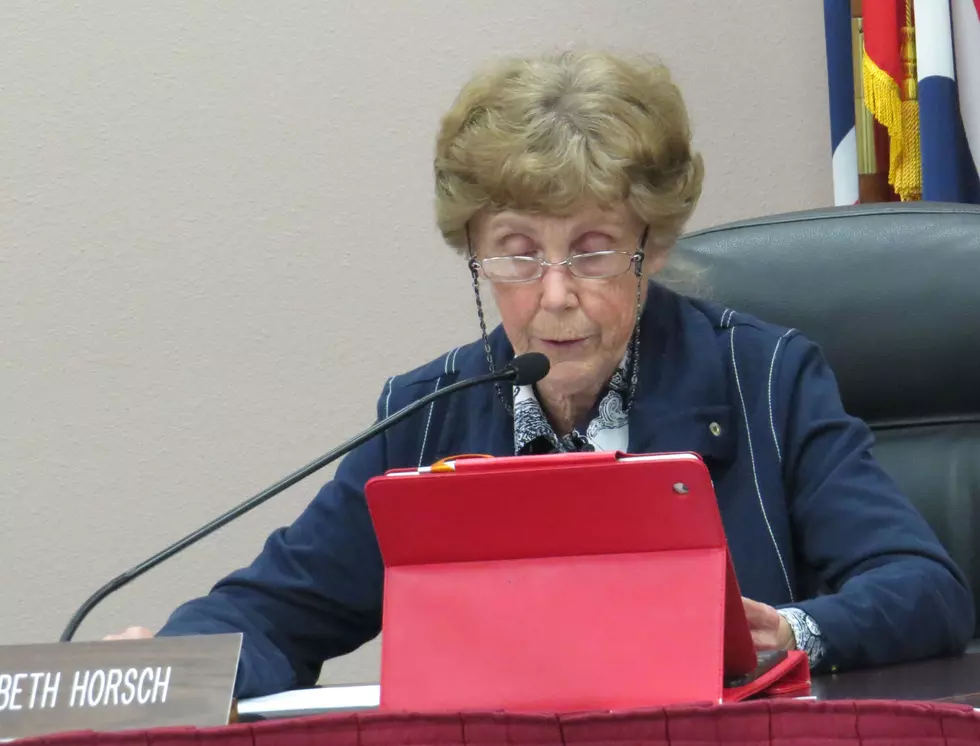
School District Graduation Rates Still Fall Behind Statewide Rates; Board Wades Through Performance Data
The Natrona County School District has been making slow progress to improve the graduation rates at its four high schools, according to a new quarterly report.
But the overall rates still lag behind state averages as they have for the past five academic years.
"The most important information on graduation rates is the information on dropouts, and how we try to reduce dropout rates," board of trustees Chairman Dave Applegate said.
Kelly Hornby, the district's executive director for curriculum and instruction, outlined some of the other findings during the board's work session.
Hornby said the data deals with three of the district's major goals by 2019: increase the four-year graduation rate to 85 percent; increase the percentage of students in grades 3, 5 and 8 to be reading at or above their grade level to 85 percent; and that all schools will meet or exceed performance expectations as defined in the Wyoming School Accountability model.
The new report said the graduation rate for high schools statewide for the 2013-2014 school year was 78.61 percent.
In Natrona County, the graduation rate was 75.38 percent. Broken down by high schools in the district, Kelly Walsh was 80.25 percent, Natrona County was 76.08 percent, and Midwest was 84.21 percent.
Roosevelt High School's graduation rate was 52.25 percent, but that was up sharply over the past five years when it was 25.69 percent in the 2009-2010 school year.
The dropout rates are still high, with a total of 202 students as of last month. That number is expected to rise by the schools' commencements, according to the report. Some years, the number of dropouts has exceeded 300.
The report also looked at participation in the Advanced Placement and International Baccalaureate programs.
Applegate said the quarterly report also included the results of thousands of surveys asking parents, staff and students, .
While complimenting the work to collect the data, Applegate said that isn't enough.
For example, he wanted to know when the district's employees will see an upward trend in improving math test scores.
Superintendent Steve Hopkins added the strength of the strategic plan is its individual parts, not the entire group of data.
But trustee Elizabeth Horsch said it's not necessarily that easy to just mandate improvements because the schools are dealing with children and their individual needs.
After the meeting, Applegate said the quarterly reports are evolving toward a better education system.
"The idea is to use that data to make adjustments and corrections so we can reach our strategic goal," he said. "We're trying to hold ourselves accountable by this quarterly review of data."
It's not enough to have goals, but to know where the district has been, is now and where it's going, he said. "Just like a road trip, you have to check signage and exits along the way; you can't just hope you're going to get there."
More From K2 Radio









